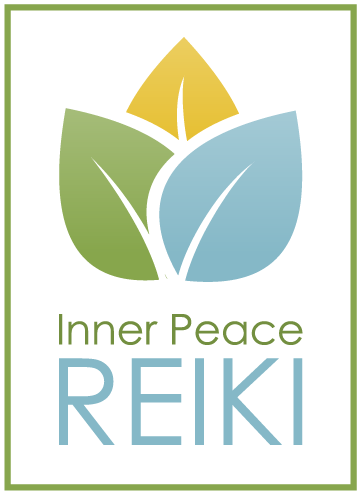About Reiki
Receiving Reiki
Receiving a Reiki session is different for everyone. It can last any length of time and could be as simple as receiving a light healing touch from a loved one or it could mean laying down to receive a full session lasting anywhere from fifteen minutes to over an hour.
During a Reiki session, the recipient lays down on a table and remains fully clothed as the practitioner moves through a number of different hand positions to facilitate the movement of Reiki energy through the body.
Reiki helps to nurture and care for your body, mind and spirit. Although every individual experiences Reiki differently depending on their physical and emotional state of being, many common outcomes include deep relaxation, grounding, clarity, balance, social ease, renewed vitality, reduction of stress and emotional release. Many people report feeling “lighter” after receiving Reiki.
Watch the video below to learn about a students experience receiving Reiki.
Watch the video below to learn about a students experience in our Reiki I, Reiki II, and Reiki Master classes.
The History of Reiki
The laying on of hands is as old as mankind. Reiki is known to many as the laying on of hands. It is a healing method used by many to bring comfort, balance and stabilize ones system. The word Reiki comes from the Japanese word “Rei” meaning the pursuit of higher knowledge, spiritual or universal consciousness and “Ki” meaning life energy or the energy that animates all living things. Reiki then, is interpreted as being a universal life force energy.
Mikao Usui, Founder of Reiki
The story of Reiki is still being written, but it begins with a man named Mikao Usui in Japan. Usui was born August 16th, 1865 near what is now present day Nagoya, Japan and would go on to be the founder of Reiki as many of us know it today.
Usui held many jobs in his lifetime, including civil servant and journalist. He also helped to rehabilitate prisoners but his passion lay with spirit and discovering the purpose of life. In his search for meaning, Usui came across a description of a meditative state known as An-shin Ritus-mei, that would provide an understanding of one’s life purpose as well as guide one to achieve it. Usui understood this concept on an intellectual level and dedicated his life to achieving it spiritually beginning with a fast atop Mount Kurama.
And so Usui fasted atop Mount Kurama for twenty-one days. It’s during this fast in 1922 that he founded Reiki.
Usui then began his life’s work. After practicing with his family, Usui moved to Tokyo and started the Usui Reiki Ryoho Gakki (Usui Reiki Healing Method Society) where he opened a clinic for treatments and taught classes. Usui Reiki expanded rapidly. Usui quickly began training other teachers after an earthquake devastated Tokyo in 1923 so they could help him to train more people to treat the thousands who were impacted by the destruction.
Before his death in 1926, Usui asked one of his student teachers, Chujiro Hayashi, a former Navy medical doctor, to open his own clinic and to expand Reiki with his medical experience. Hayashi opened his clinic and left the Gakki society after Usui’s passing. Hayashi kept meticulous notes of all the illnesses and conditions that his patients brought to him. From these changes, Hayashi created his own healing guide for students and taught many classes throughout Japan.
The next major influence on the development of Reiki was Mrs. Hawayo Takata, a Japanese-American living in Hawaii in the mid-1900s. In 1935, Takata traveled to Japan to tell her parents of her sister’s death in Hawaii and was introduced to Reiki and Dr. Hayashi.
Mrs. Takata began to teach Reiki in America after the Second World War and started to initiate new Reiki Masters late in her practice during the 1970s. She taught in Hawaii and on the US mainland.
Since Mrs. Takata, Reiki has become very popular in the United States. It is in itself a flexible and creative energy that works to freely complement many other forms of healing. The practice of Reiki has begun to grow quickly since the 1970s, with an estimated 1,000,000 Reiki Masters and 4,000,000 practitioners worldwide. The numbers keep growing as does our practice and understanding. Today, a vast majority of massage therapists use Reiki in their practice.


